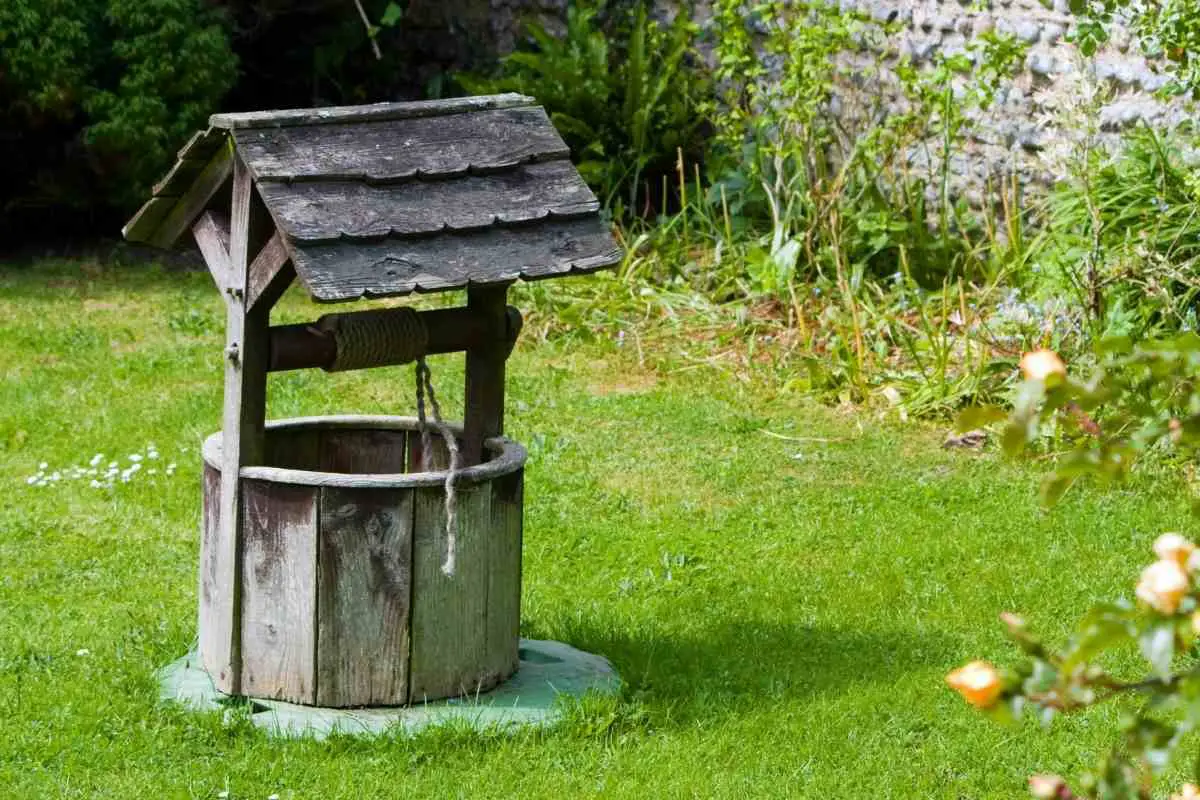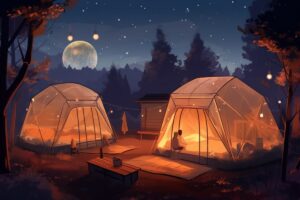Sometimes, you might consider digging a well in your backyard to reduce reliance on the municipal water supply.
The average cost of drilling a well is between $25 and $70 per foot. However, several factors affect how much you spend.
Read on to discover how much it will cost to dig a well in your backyard.
Factors affecting the cost of digging a well
Several factors determine the cost of digging a well, including depth, permits, soil type, region, etc.
Well depth
The width and depth of your well are the most significant cost factors.
On average, residential wells range between 100 and 300 feet deep.
However, your well might not exceed a depth of 25 feet in areas where groundwater is close to the surface.
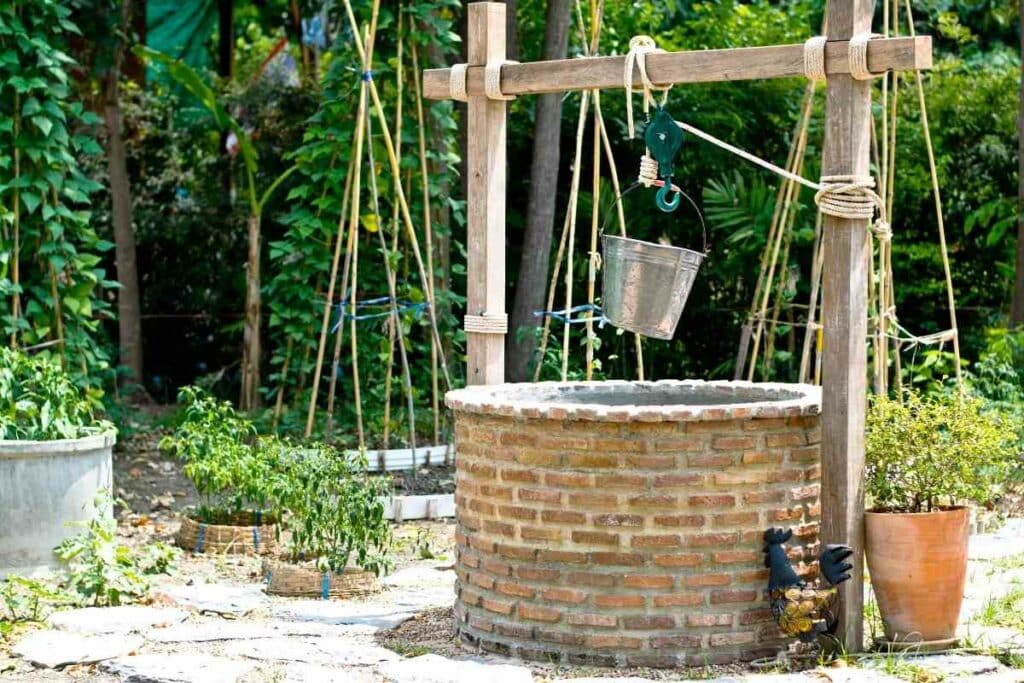
On the other hand, diameters are often four or six inches. Therefore, the width of your well determines the amount of water flow.
A 150-foot deep well with a 4-inch diameter will cost you slightly above $5,000. Shallow wells are cheaper, but they are easily contaminated.
It’s worth noting that local authorities regulate well depth. Also, consult an expert to find the ideal well depth for your backyard.
Permits
Licensing fees vary from one county to another, ranging from $10 to $500.
This is an essential expense, and gaming to obtain the required permits puts you at risk of penalties and other legal troubles.
Luckily – Well-digging companies help in obtaining permits. Some counties have different licenses for residential and irrigation wells.
You might require additional permits, such as plumbing and electrical wiring in other regions.
Distance to house
The distance between your well and your house affects the cost of digging a well.
You use shorter electrical wires and water pipes if it’s close, resulting in lower expenses.
On the other hand, every foot farther from your house increases up to $120 on your budget.
Region
Groundwater levels vary by region; the water table is close to the surface in some areas and deep in others.
Shallow wells are a standard fixture in areas with a shallow water table, and digging costs are cheaper.
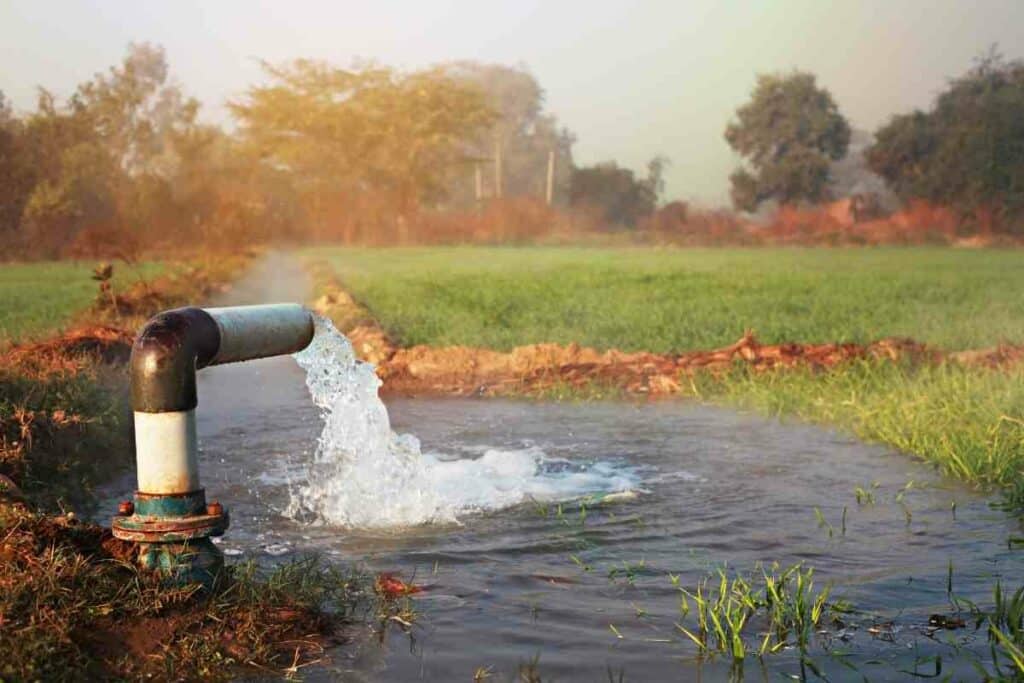
Remember, each foot deeper adds between $25 and $70 to your budget.
Also, some climates have rocky and dry soils that make it more difficult to dig a well. Machines use more fuel to break through the ground, resulting in higher costs.
Rural vs. Urban
Drilling wells in urbanized areas is cheaper than digging in rural areas.
However, acquiring digging permits in cities is costlier than in remote locations.
Therefore, it would be best to consider the difference between well water and city water.
If you live in a remote location, the average cost per foot ranges between $50 and $60. This covers the cost of commuting and transporting drilling equipment to your home.
Soil type and condition
Soil type and condition also affect the cost of drilling wells.
For example, drilling through soft-textured soil with little rock is cheaper than the rocky and heavily compacted ground.
If You Live In a Rocky Area – Expect to incur higher expenses. It can cost you up to 150% more to drill hard rock, while digging through partial rocks costs 85% more.
However, hard rocks save you the money you’d have otherwise used to install well casing.
Well water testing cost
After drilling, you must test the water before you start using it.
Some contaminants in underground water include:
- arsenic
- bacteria
- copper
- lead
- iron
- methane
- sulfur
- and radioactive materials
Well water testing DIY kits cost between $20 and $100.
Hiring government or university labs is more expensive, ranging from $50 to $600. However, it’s more comprehensive.
Besides checking for pollutants, lab testing recommends improving water safety.
Components of a well
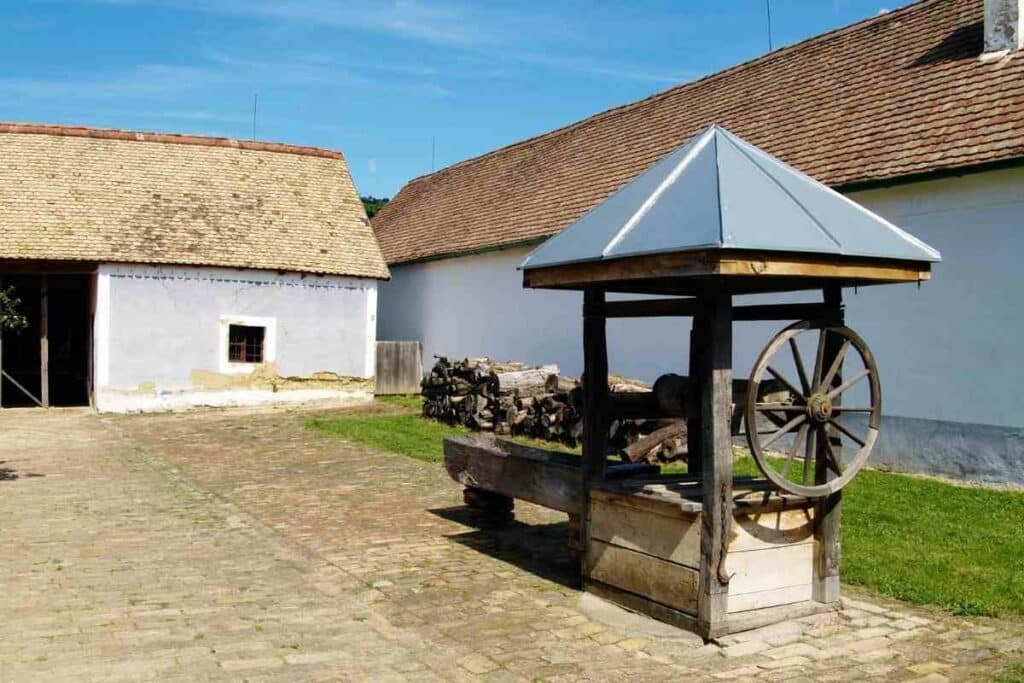
Digging a hole in the water table is the first step; you need the following equipment to make a well functional.
Well pump
A well pump draws water from the ground and delivers it to your home.
It’s arguably the most crucial component of finished water well. This is why you need to service it regularly.
The cost of a well pump depends on its type. Shallow well jet pumps are the cheapest, while deep submersible well pumps are the most expensive.
Shallow well pumps
Shallow well pumps are ideal for 25-foot deep wells or less and cost between $300 and $900.
They are usually placed on the surface and covered with housing.
Even Better – These pumps have a booster for maintaining constant water pressure and overload protection to prevent motor burnout.
Convertible jet well pumps
Compatible well pumps work for shallow wells and others that don’t go deeper than 90 feet.
Like shallow well pumps, they are placed on the surface.
These pumps are useful in areas with a fluctuating water table. They cost between $400 and $1,200.
Deep submersible well pump
As the name suggests, these are submerged inside deep wells that range from 90 feet onward. They cost between $500 and $2,000.
Experts recommend using a 3-wire pump for easier maintenance. The cheaper 2-wire variants require raising to the surface during repairs.
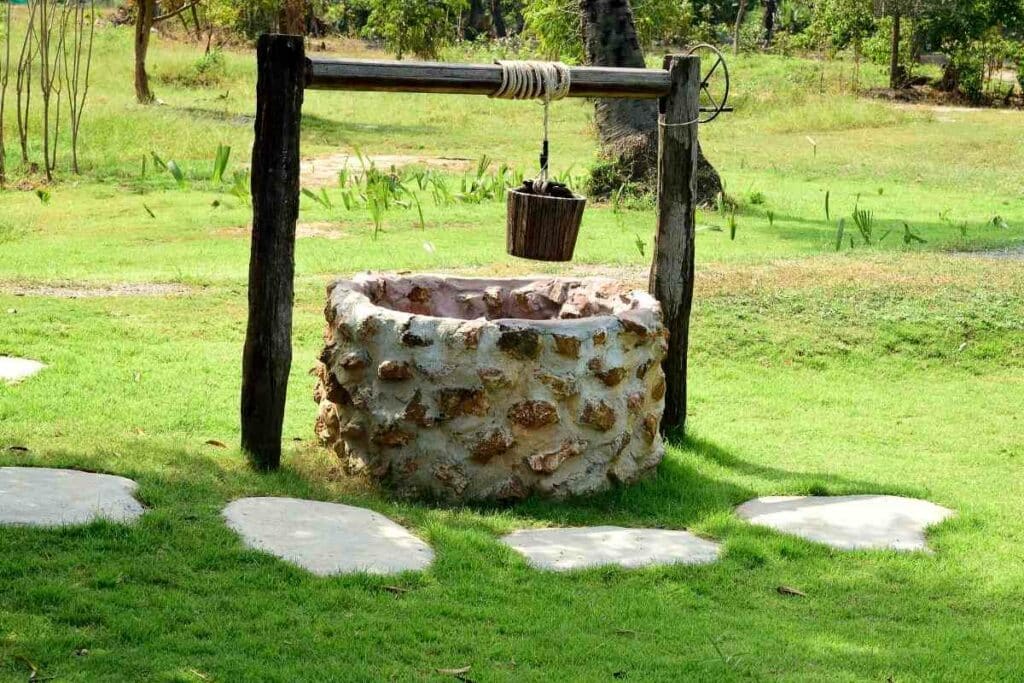
Well Casing Pipe
A well casing pipe supports the well’s wall and prevents loose rock and dirt from collapsing your system or contaminating your water.
As mentioned earlier, this isn’t necessary if your well has rocky walls.
Most homeowners use PVC pipes as well casing.
These are affordable, having an average cost of $8 per foot. Galvanized and stainless steel pipes are more expensive ($35 to $80 per foot) but last longer.
Areas prone to earthquakes require steel casing that doesn’t snap when the earth moves.
As a Result – The casing should be at least five inches wide and at least one inch larger than the outer diameter of the well pump.
Storage tank
You need a storage tank for keeping well water until it’s required.
A tank also means you don’t have to turn the pump on whenever you need water, saving energy costs.
The price of a tank depends on storage capacity. The cheapest is available for $400.
Purification system
Most well purification systems use reverse osmosis to make water safe for potable use.
These systems range from $500 to $2,500.
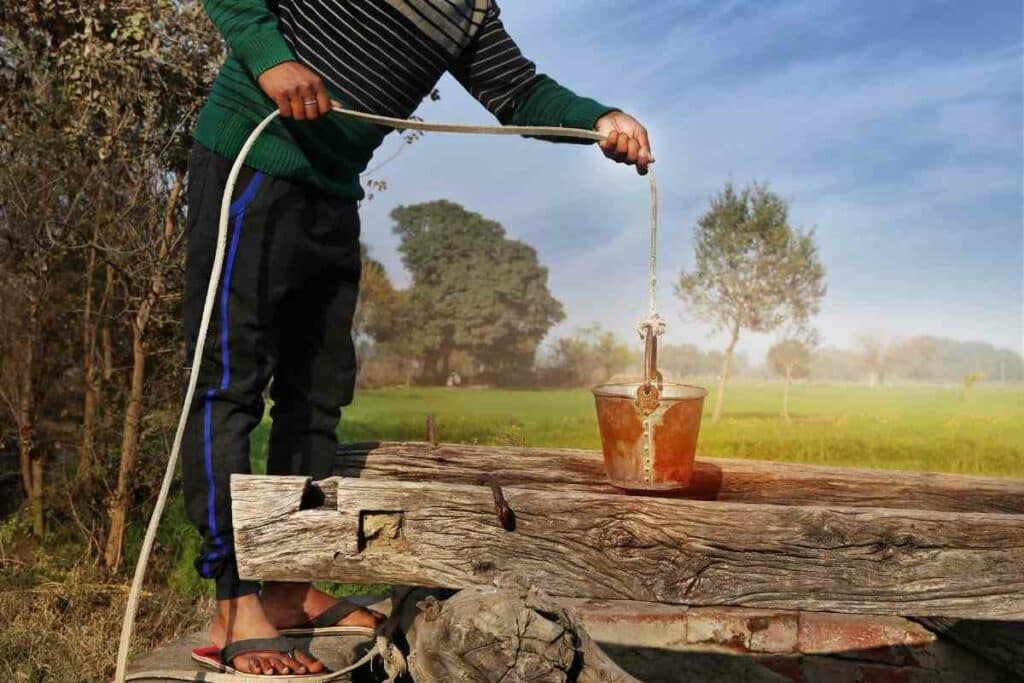
Electrical components
Your well needs electrical components to regulate pressure and the amount of water flow.
These are relatively cheap, with prices falling between $40 and $140.
Septic system
A standalone septic system costs between $3,500 and $5,000.
When combined with a well, the price range increases to between $7,000 and$20,000.
Factors affecting the cost include the type of the septic system, its size, the type of absorption field, and well depth.
Most rural homes have discrete septic tanks for disposing of wastewater.
However, homeowners in urban areas can connect their wells to the municipality’s sewer and drainage system.
Which Well Types Can You Dig?
Besides the factors mentioned earlier, the well type also affects its cost.
Here are the different well types you can drill in your backyard.
Artesian well
Artesian wells rely on hydrostatic pressure to push water to the surface, eliminating the need for pumps.
These wells are easy to maintain but can only work in specific locations.
Most artesian wells go deep into the ground, ranging between 150 and 450 feet.
This is because you have to reach the aquifer. Since the cost per foot can be as high as $80, you can pay up to $36,000.
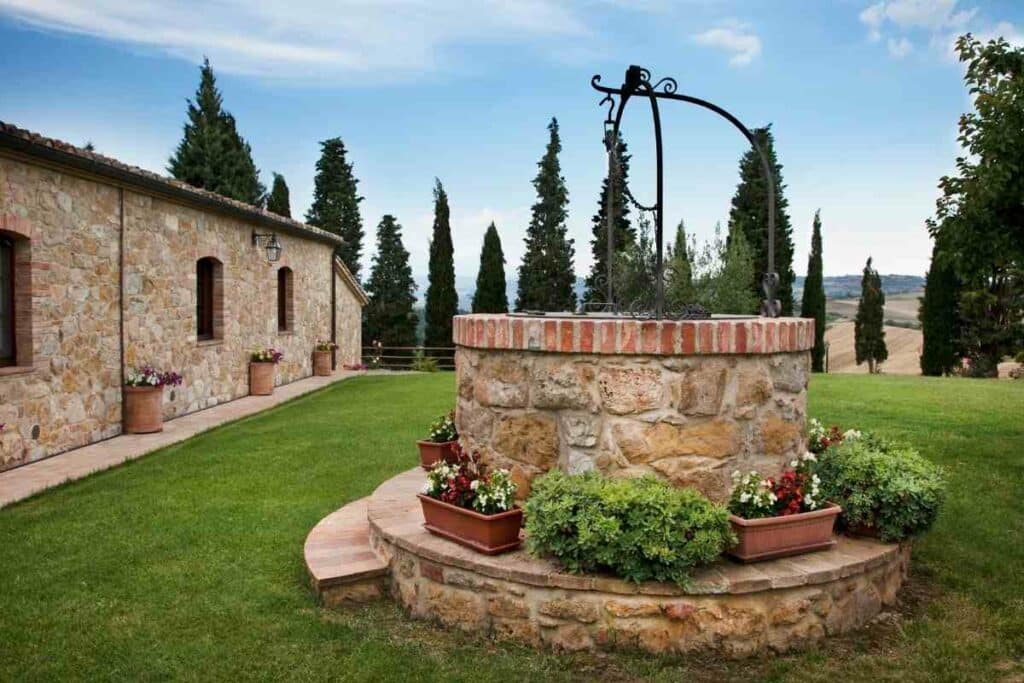
Geothermal well
Geothermal wells don’t give you water.
Instead, they provide heat that can reduce your reliance on air conditioning units and lower your electricity bills.
Drilling a geothermal well ranges from $20 to $50 per foot.
Because they go up to 400 feet deep and have a six-inch diameter, expect to pay a maximum of $20,000 per well.
The sizing of a geothermal well depends on your home’s size and HVAC needs. For instance, a 1,000-square-foot home needs two 200-feet wells.
It’s worth noting that these wells are exclusively available to regions with geothermal activity.
You need to insert ethanol-filled sink pipes six feet deep into the ground to use a geothermal well.
Ethanol serves as a cooling and heating energy source:
- In winter, the solution brings underground heat to your house to keep it warm.
- When it’s hot, the solution dissipates the excess heat into the ground.
Irrigation well
Irrigation wells are helpful to farmers who don’t have a connection to water supply lines and live in dry areas.
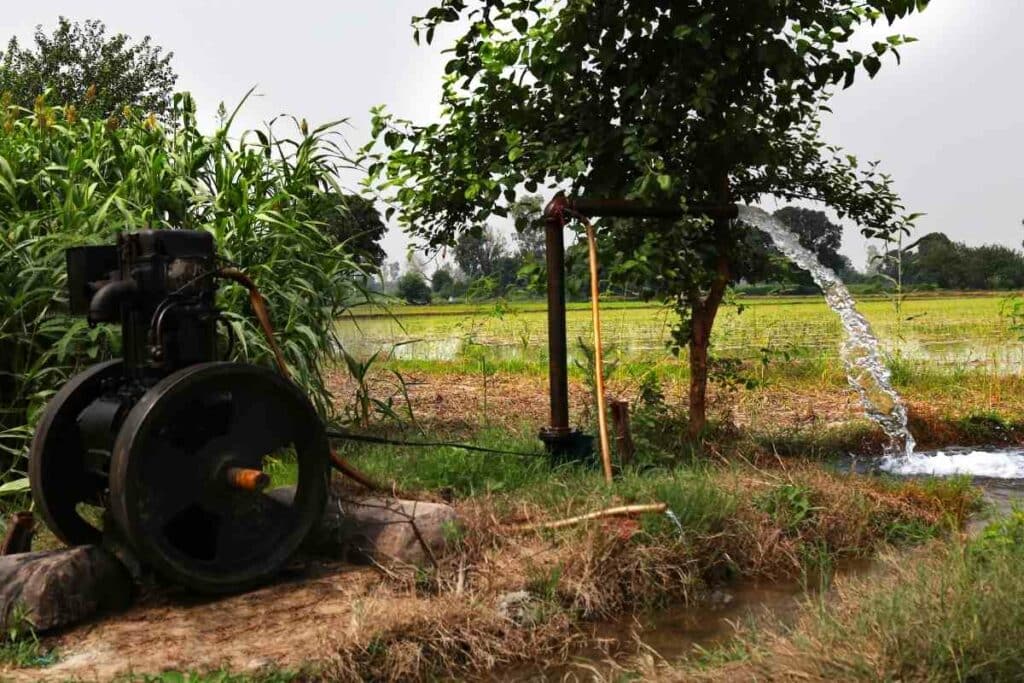
The cost of drilling agricultural wells is $35 per foot. However, when you consider other components, it increases to $100 per foot.
A typical small-scale irrigation well costs $12,000 to complete.
If you have a larger farm, you’ll incur higher costs, including permits that cost as much as $500.
Residential well
Residential wells are valuable for reducing utility costs.
However, the price of drilling ranges between $25 and $70.
On Average – A 100-foot well will cost you $10,000 when you factor in components, permits, and labor costs.
However, shallow wells are cheaper.
You can complete a well with as little as $1,800. The problem with these wells is that they are easily contaminated and last for a few years before drying.
Sandpoint well
Sandpoint wells are the perfect solution to temporary water needs.
It’s the most economical option and easy to install. If you have a meager $300, you can build a Sandpoint well to completion.
Sandpoint wells are shallow and narrow. After digging a hole into the ground, insert a 20-foot-long pipe with a two-inch diameter.
The tube has a screen that filters water from the sand, and the pump pushes the water to the surface. You can use the water directly or divert it to a storage tank.
Despite its affordability, a Sandpoint well has little output. It provides an average of three gallons per minute.
Also, it isn’t easy to maintain constant water pressure.
Private Well vs. Municipal Water System: Which is Better?

The cost of electricity to run a well pump for a medium household is $10.
In comparison, the average monthly water bill is $70.
Therefore, driving a private well can save you more than $600 yearly. If it’s an irrigation well, the savings can be more.
Additionally, most municipalities charge sewer costs in their water bills. If you have a septic system, you don’t incur this expense.
As Seen Above – Private wells are more advantageous than municipal water systems. However, they are expensive to install.
Why You Need a Well Drilling Company
It’s impossible to tell how deep you need to drill to reach underground water.
This explains why most contractors don’t give quotes until they start drilling on the site.
After that, however, they can give a rough estimate based on previous projects in their portfolio.
If the contractor doesn’t find water, they’ll move to another location. You’ll need to cover the cost of drilling both sites.
Before hiring a contractor, check if they have National Ground Water Association certification.
Frequently Asked Questions
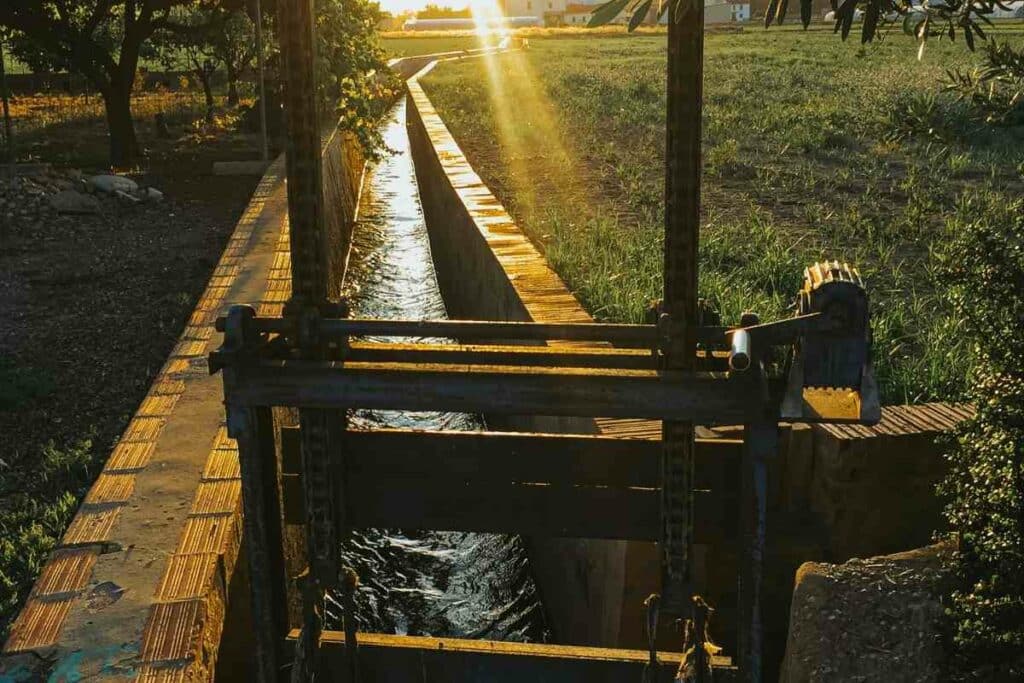
How long does a water well last?
With proper maintenance and care, a well should last for at least 35 years.
However, if installed shoddily, the lifespan can be reduced by more than 20 years, notwithstanding the safety risks. On the other hand, well pumps need replacing after ten years.
Can a well dry up?
A well dries when water levels drop below the pump’s intake.
You can restore water levels through aquifer recharge or reducing pumping frequency. It’s advisable to hire pros to examine water levels.
What is the cost of maintaining a well?
The cost of well maintenance ranges between $150 to $300 yearly.
After inspection and servicing, your contractor will provide a report showing well health and recommendations on keeping your water safe.
How long will it take to drill a water well?
Depending on diameter and depth, ground conditions, and weather, drilling takes one to three days.
Setting up equipment, component installation, and water testing increases the project length to a week.
Wrapping Up
There’s no denying that wells are an expensive investment.
However, the high cost of drilling and installing well components is worthwhile, as you’ll save hundreds of dollars yearly for many decades once the project is complete.
